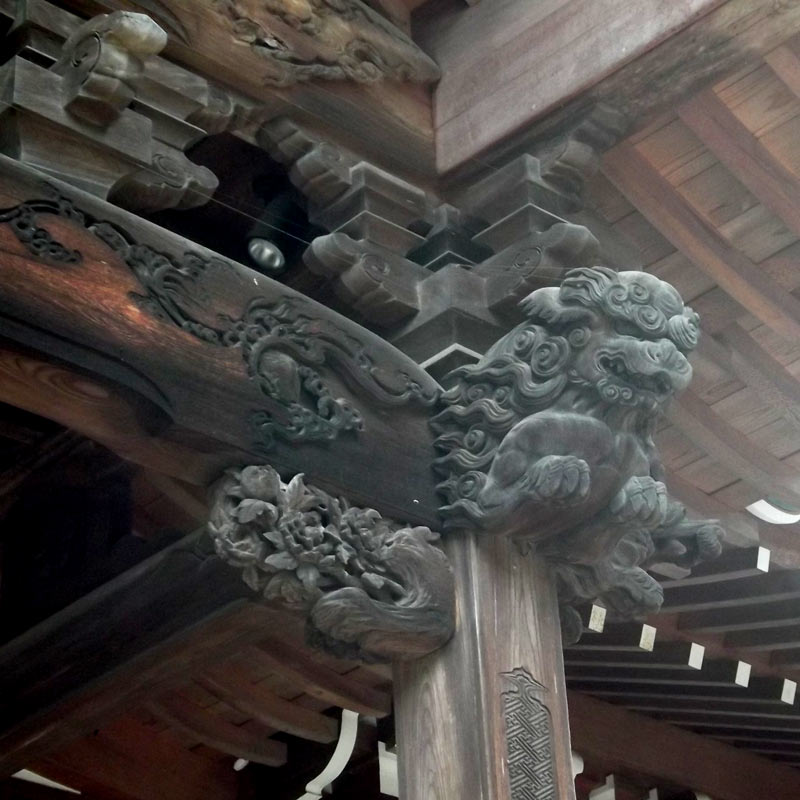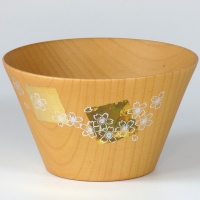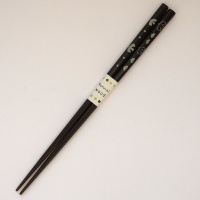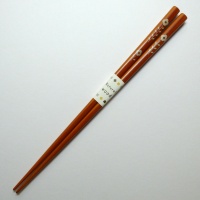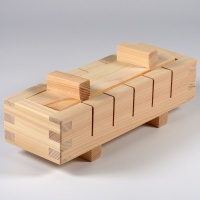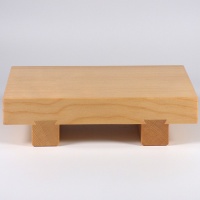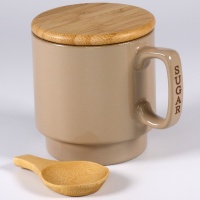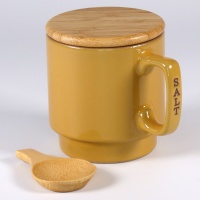Wood carving and wood turning in Japan has a rich history stretching back to ancient times. Combining fine aesthetics and practical function, the art continues to thrive today.
Woodworking in Japan has a long and distinguished history. The craft evolved over centuries and has been influenced by Japanese culture, religion and the need to produce practical items for the home.
From a religious aspect in particular, beautiful and intricate wood carvings can be found adorning temples and shrines. These religious buildings are decorated with wonderfully imaginative and artistic 'horimono' relief carvings depicting mythical creatures, animals, gods and religious scenes.
In addition, the construction of these buildings includes artisan joinery techniques of the highest standard. Very often, no glue or nails are used and the wood joints are carefully designed and crafted so that they hold together without the need for other fixings.
Known as 'sashimono', this traditional type of joinery is also used in furniture making. It gives the items a smooth, refined look and really brings out the beauty of the natural wood grain. When the pieces have been constructed so skillfully, there's no need to cover them with paint!
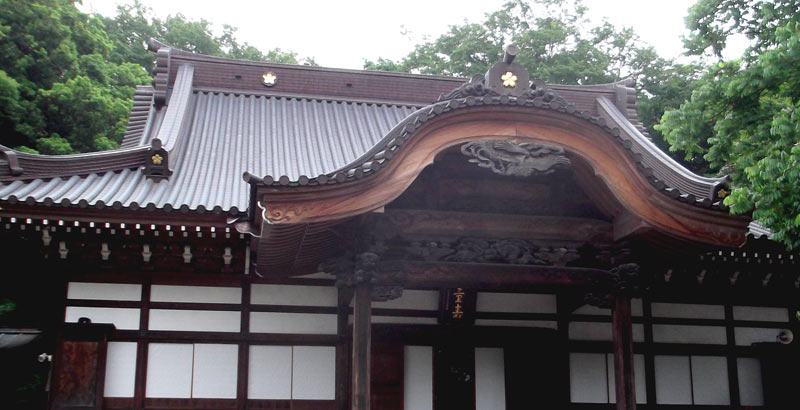
Japanese wood craft techniques
Other decorative woodworking techniques include 'zougan', a Japanese marquetry technique originating in the Edo period which is used in Japanese lacquerware and furniture; and 'kumiko', a way of putting together a framework of thin wood strips to form highly decorative geometric patterns traditionally used in sliding doors and screens.
Both techniques produce the most beautiful designs but are also intended to be a part of practical items in daily use.
Wood carving
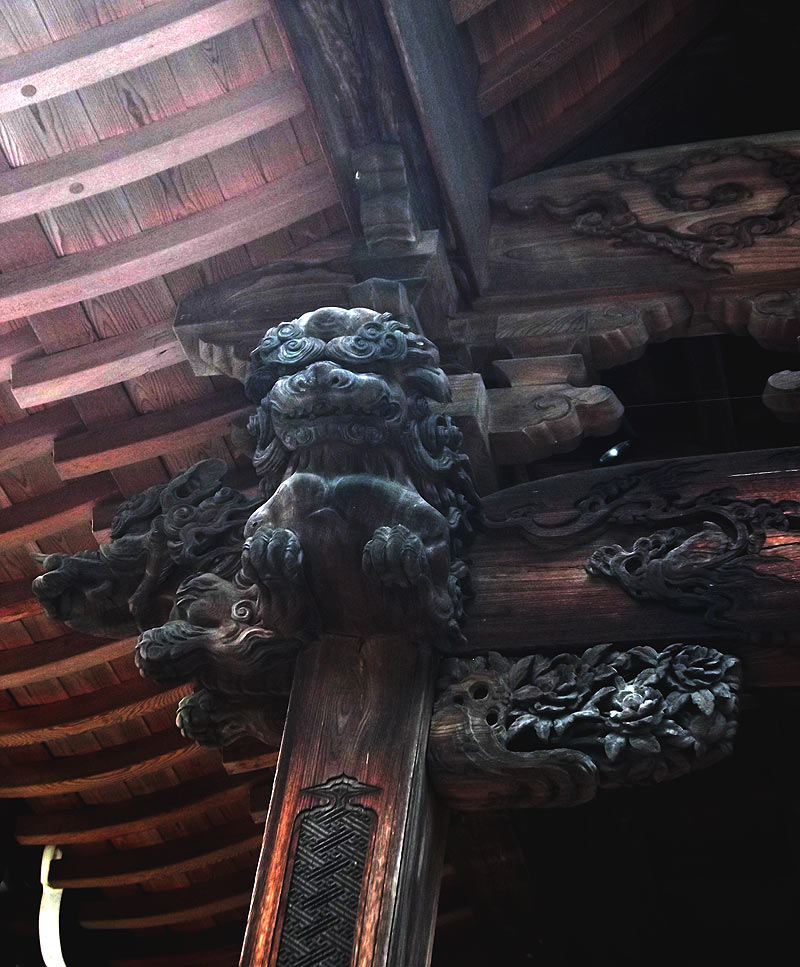
Wood carving in Japan includes a wide range of styles and techniques. As well as its use in religious shrines and temples, other notable examples of this traditional skill is the carving of wooden masks for Noh theater and the addition of decorative elements on furniture and utensils.
Japanese woodcarvers take pride in producing detailed and expressive designs, often having taken many years of apprenticeship to learn their craft and collecting an array of specialist tools that may have been passed down through generations and been in service for many years.
The skill of wood turning
Japanese wood turning is known for its precision and artistry and is particularly interesting if you like homewares and practical items.
Craftsmen use a lathe to shape wood into bowls, drinking vessels, vases and other items intended for everyday use. The work often features elegant curves, exquisite smooth finishing and traditionally makes use of indigenous woods such as cherry, Japanese cedar, hinoki cypress and zelkova, a native Japanese deciduous tree.
All this really adds to the uniqueness and beauty of these turned pieces.
Traditional Japanese wooden bowls
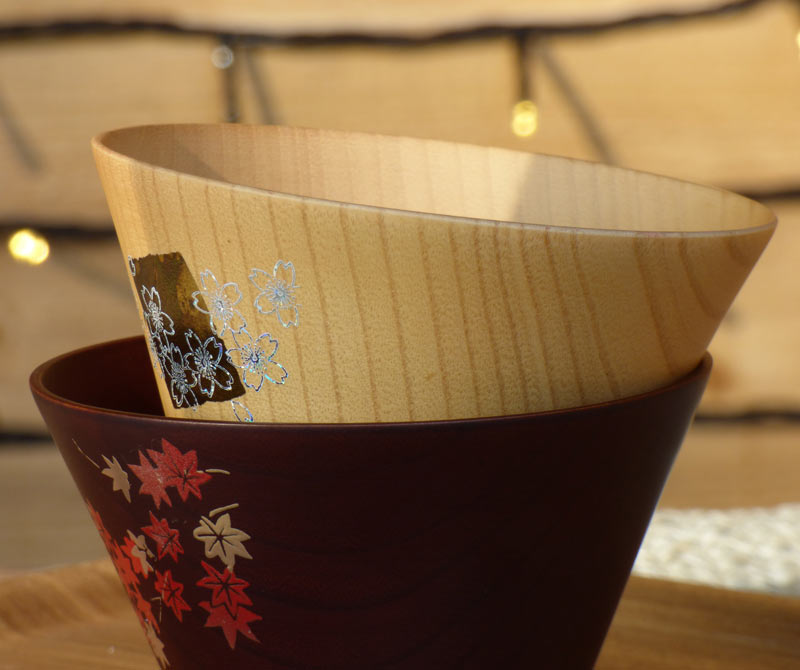
Wooden bowls crafted from native woods such as those above are still common today in Japan. Artisans combine use of the lathe with hand tools to carefully shape and carve wooden bowls. The process requires precision and attention to detail to create bowls with smooth, polished surfaces and attractive curves.
The choice of wood is not just an aesthetic one. It can influence the bowl's appearance, durability and even the flavour of the food served in it.
Wooden bowls in Japan are commonly used for serving rice, miso soup and other traditional Japanese dishes and they are favoured for their ability to maintain the temperature of the food. They can also impart an aroma or flavour to the food or drink being served, adding to the dining experience.
Japanese wooden bowls come in various shapes and sizes and can vary from simple and rustic to intricate and decorative with carved or painted motifs.
Modern adaptations
Traditional style wooden bowls are still widely used in Japan, both for everyday dining and in more formal settings.
However, contemporary craftsmen and designers have also created innovative wooden bowls that blend traditional craftsmanship with modern aesthetics. These may feature minimalist designs, contrasting materials or unique shapes to appeal to a broader audience.
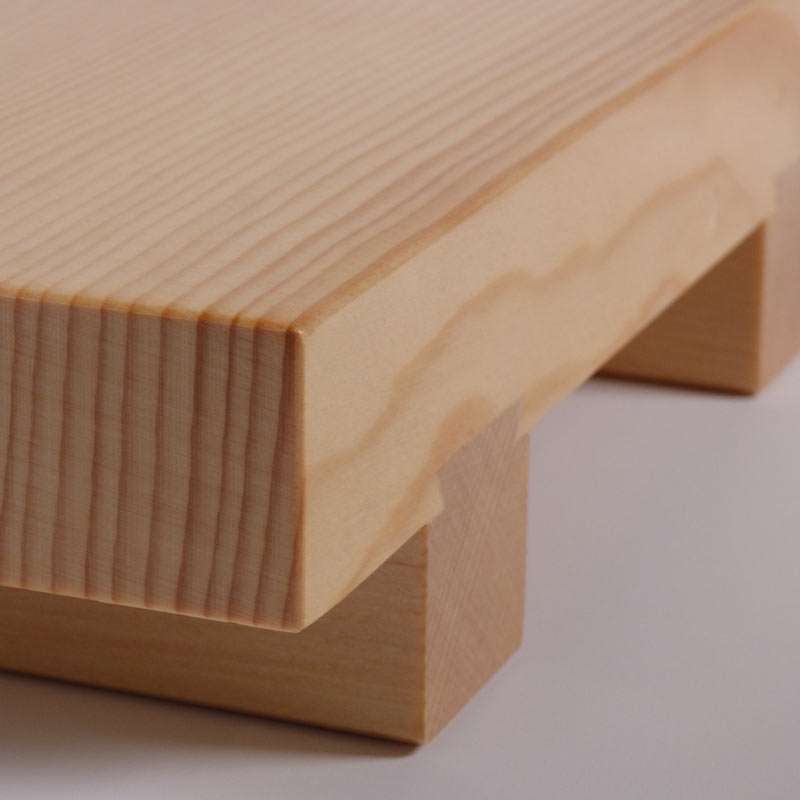
In modern Japan, traditional woodworking skills are still highly valued. Many artisans and craftsmen continue to create exquisite wooden pieces, both for functional and artistic purposes.
Some woodworkers incorporate modern tools and techniques while others adhere strictly to traditional methods. In Japanese woodworking, as with other artisanal skills, there is a strong appreciation for the balance between form and function and a respect for aesthetic and cultural significance.


